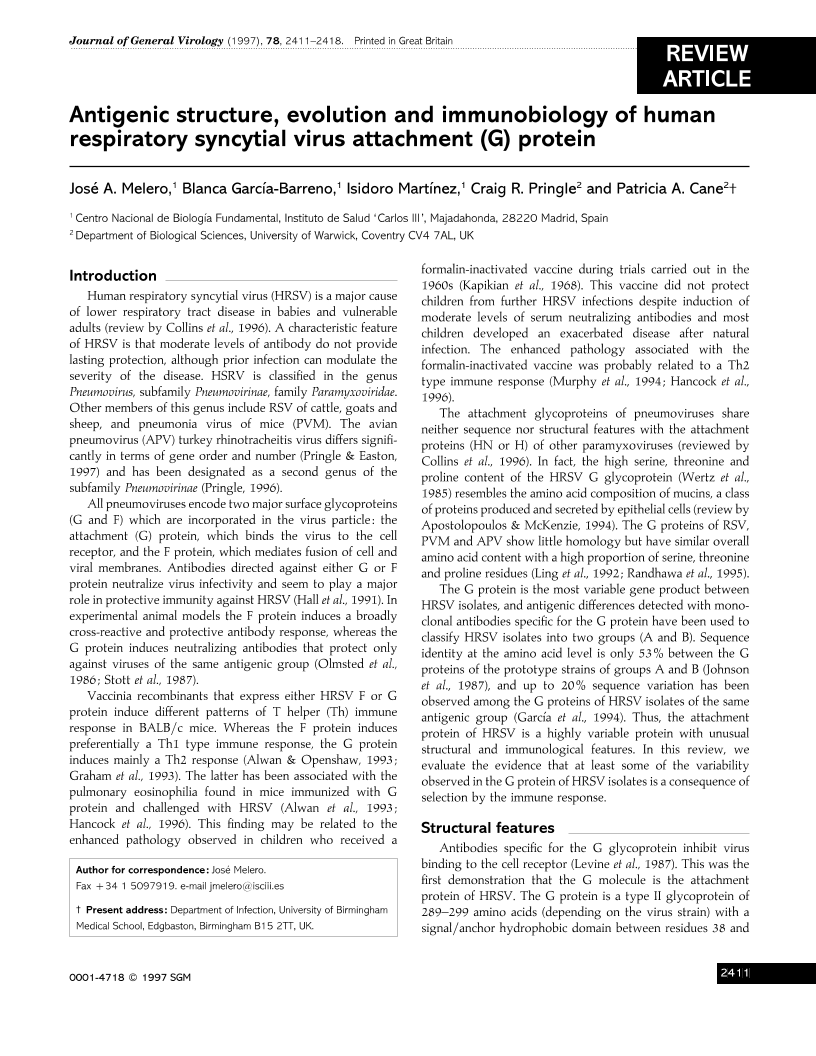
Full text loading...

Antigenic structure, evolution and immunobiology of human respiratory syncytial virus attachment (G) protein, Page 1 of 1
< Previous page | Next page > /docserver/preview/fulltext/jgv/78/10/0782411a-1.gif
There is no abstract available.

Article metrics loading...

Full text loading...
References


Data & Media loading...
